How much does media monitoring cost?
Media monitoring allows marketers to protect their brand, measure the results of campaigns, and to better promote their business.
February 6, 2024
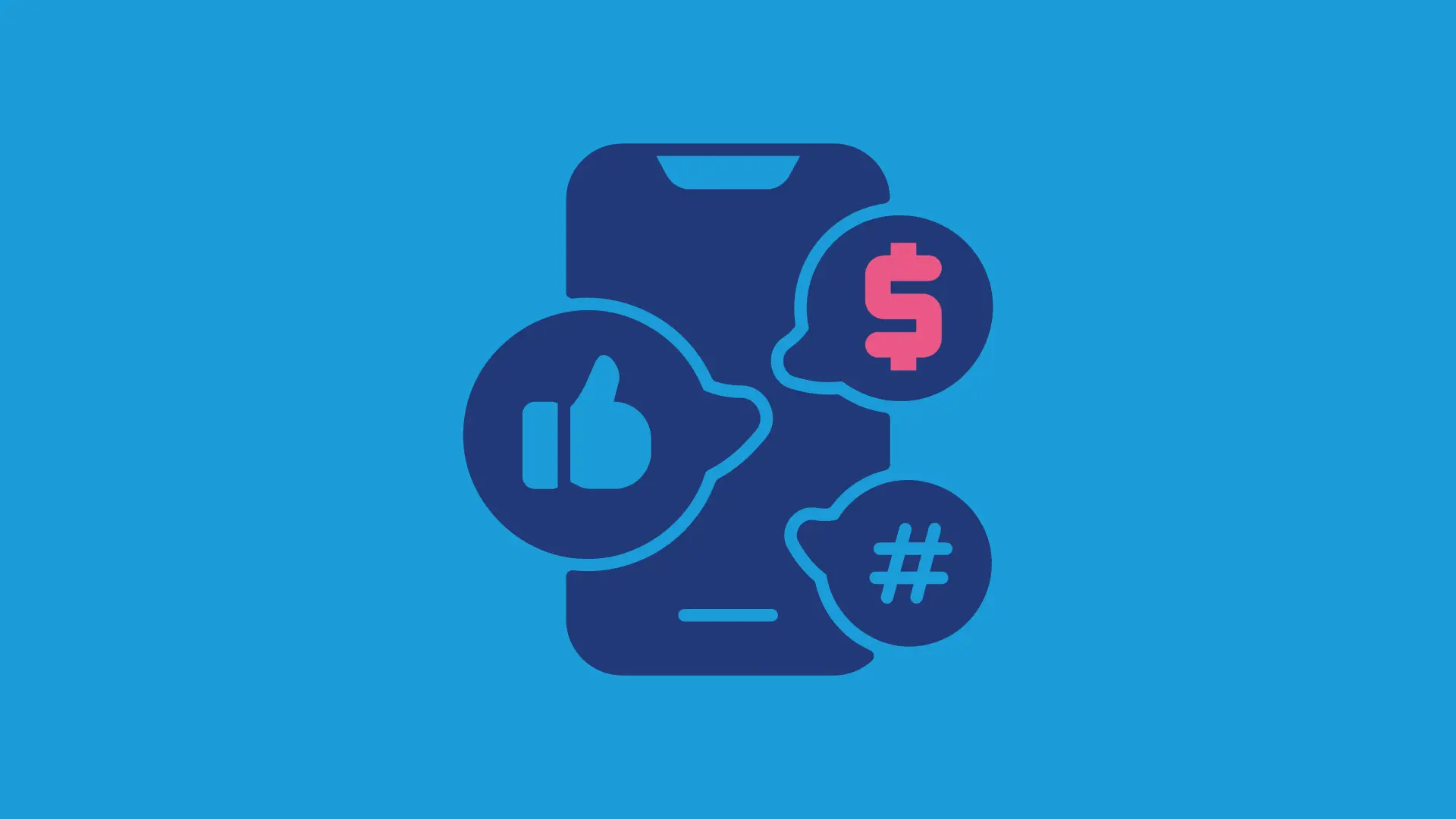
- Media monitoring pricing
- What is media monitoring?
- Why do you need media monitoring?
- How does media monitoring work?
- Media monitoring success story: UNICEF MENA case study
- What is the pricing model for media monitoring?
- What factors determine media monitoring costs?
- Some media monitoring tools to have on your radar
- Conclusion
Consumers leave digital footprints across the web, social media, and blogs. Brands and marketers used to rely on third-party cookies to measure and track consumer behavior online. Now, you need a first-party data framework to monitor and understand the whole customer journey.
Media monitoring allows brands to know what consumers are saying, doing, or thinking online. Analyzing various mediums helps you focus on the big picture and anticipate trends before they happen.
But what is the cost of media monitoring? In this blog, we look into what it is, how to do it, and if you can afford not to be monitoring your brand.
Media monitoring pricing
Media monitoring costs are often difficult to justify because you can’t directly attribute their impact. One way to justify the cost of media monitoring is to consider the impact of not having it.
First, without media monitoring, you can spend a lot of time manually tracking brand mentions and analyzing sentiment. If your brand gets thousands of mentions per day, you would waste time tracking, instead of focusing on actionable insights.
Second, not having a media monitoring solution in place means missing opportunities. Consumers increasingly rely on reviews and online conversations to form an opinion about a brand. If you’re not on top of chatter surrounding your brand, your competition can leverage them to win your consumers’ hearts.
Third, there could be a potential brand risk that you might not be aware of. Brand monitoring finds all your brand mentions in words, photos, videos, or audio.
It also allows you to understand your sentiment at scale. For example, you can see if your logo is appearing in images that hurt the brand’s reputation.
Media monitoring pricing is small when compared to the devastating cost of a tarnished brand.
What is media monitoring?
Media monitoring tracks and analyzes online data to identify where, when, and how consumers discuss topics or brands. It allows you to assess how people perceive your brand. For global brands, it should measure and track brand media mentions in all languages and channels.
Which media channels are monitored?
Media monitoring solutions allow you to cut through the noise and identify mentions of brands or topics. It’s similar to social media listening but includes more channels, like:
Social media platforms (Twitter, Facebook, Instagram, TikTok, YouTube, Twitch)
Blogs
Images and videos
Podcasts (Hint: did you know that Talkwalker allows you to keep track of audio brand mentions within podcasts?
Forums (Quora, Reddit, Github, etc.)
News sites
All other publicly available mentions on the web, TV, or radio
The value of AI-powered media monitoring lies in its ability to collect, filter, organize, and visualize data.
What types of data can you collect from media monitoring?
The types of data the media monitoring allows you to collect:
The volume of brand mentions across channels
Share of voice
Sentiment analysis of brand mentions (contextual analysis)
Number of engagements
Geographic data: where the brand mentions are coming from
Reach and virality of brand mentions
The context and main themes surrounding your brand
The most prominent influencers and authors driving the conversation
For example, to look at media mentions of Coca-Cola over 30 days, try
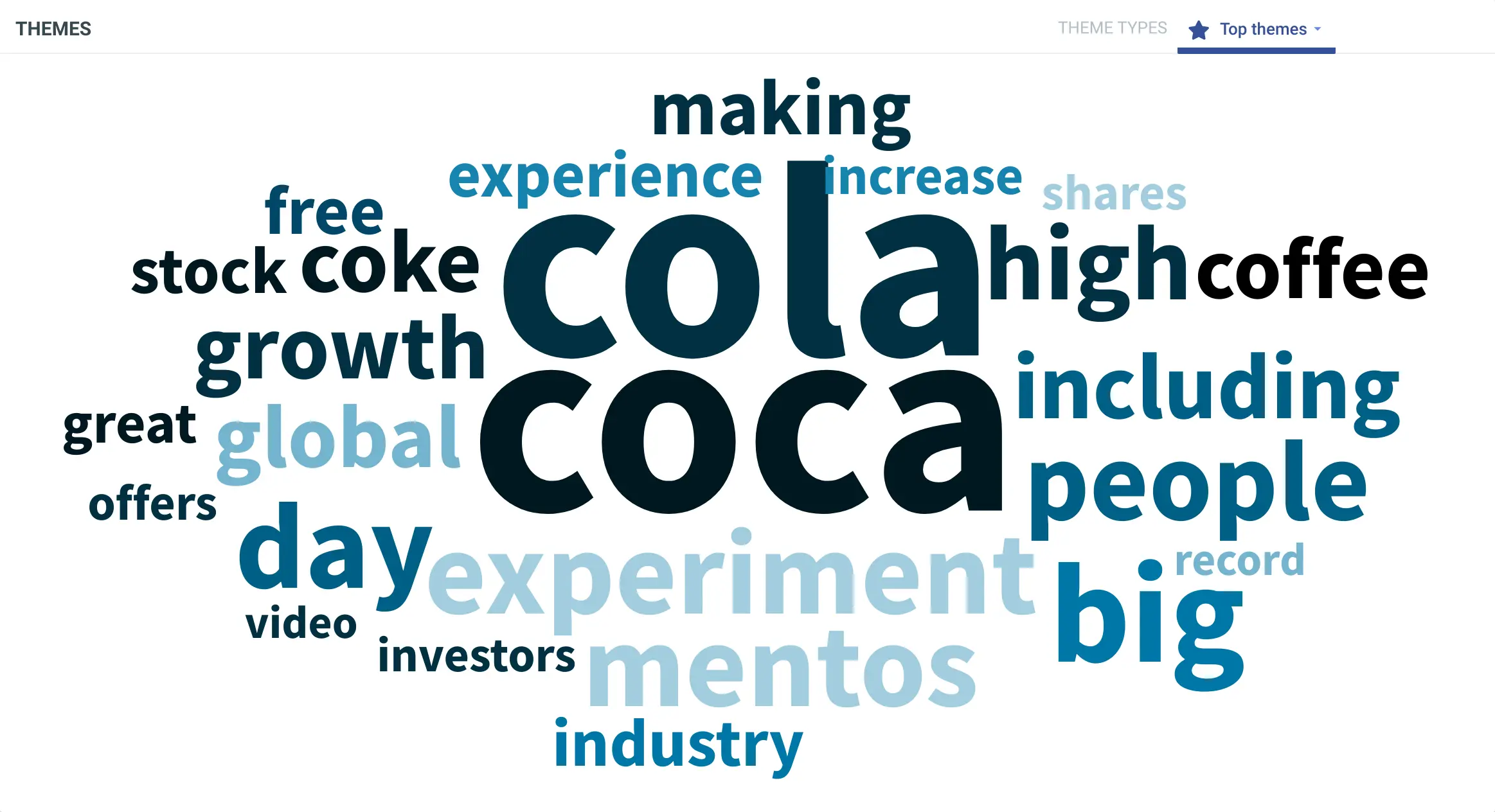
Why do you need media monitoring?
Media monitoring supports numerous use cases. Whether you’re a marketer, PR professional, brand manager, or communications expert, media monitoring helps you turn data and analytics into actionable strategies.
Media monitoring use cases
Competitive analysis: understand and evaluate what your competitors are doing successfully or learn from their mistakes
Public relations crisis management: assess and control the narrative as it happens in real-time. Also, understand the reach and impact of a press release.
Newsjacking: Take advantage of ongoing conversations to position your brand as relevant, approachable, and likable
Finding influencers: identify the key stakeholders who are shaping the narrative around your brand or topic
Customer and market insights: be ahead of the trends curve
Understanding social proofing and customer feedback on review sites
Engaging your target audience through social media publishing
Use the right message and hashtag
Brand reputation management and protection
Monitoring results and KPIs: Understanding the drivers of success
How does media monitoring work?
Media monitoring services use crawlers that search and index the internet for any brand/topic mentions you need. This technology only scrapes publicly available information online. Once indexed, you can search those media outlets. This will uncover brand mentions, customer reviews, specific product mentions, people, and topics.
Media monitoring identifies, processes, and filters large amounts of information. Providing you with insights into key topics and search words.
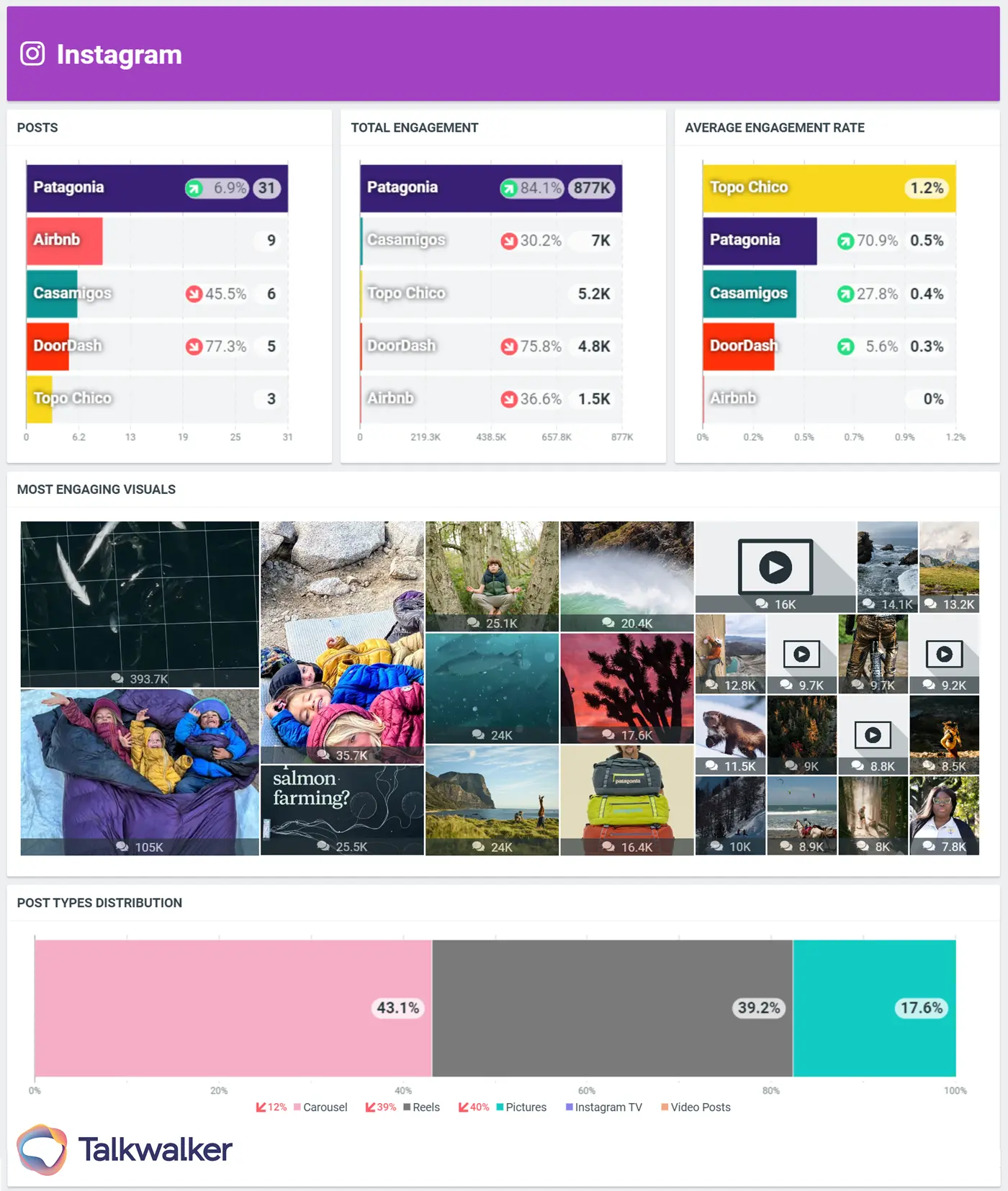
Media Monitoring helps benchmark your brand against industry leaders and trendsetters. Talkwalker Media Monitoring
Once you’ve established keywords and topics, data dashboards and reports make sense of the numbers.
These reports allow stakeholders to understand relevant media mentions at any level of detail needed. Team members will be able to ask better questions and make informed decisions.
Media monitoring’s true value lies in the actions made as a result of those insights.
Media monitoring success story: UNICEF MENA case study
Talkwalker recently published a case study with UNICEF MENA. It reveals how the international organization leverages data insights to create on-the-ground impact. And how they used conversational insights to shift the narrative around COVID-19 vaccines and limit the spread of misinformation.
By leveraging media monitoring, UNICEF MENA enriched its ongoing initiatives with reliable data to better focus its efforts.
Some of the lessons learned include:
Telling a simple, more grasping story has a better impact on people's acceptance of COVID-19 vaccines. Combating misinformation with accurate information alone is not enough
Identifying main MENA misinformation narrative clouds and topics
Social proof, and seeing government leaders take the vaccine, heavily affected MENA sentiment around COVID/vaccines
What is the pricing model for media monitoring?
Media monitoring solutions are flexibly and dynamically priced. Meaning, the cost of buying a media monitoring platform depends on your needs and the scope you want it to cover.
You can choose what features, channels, and data sources they need and the price would adapt. Some platforms offer a monthly subscription model or a free trial, allowing you to experiment first.
On the other hand, dynamic pricing allows providers to cater to different markets and company sizes.
The flexibility and customization mean you pay for the insights you are looking for. Therefore, the ROI of such investment is easier to measure and track.
For example, let’s assume you are a PR account manager looking for a media monitoring solution to:
Automatically identify and collect media clippings mentioning your brand
Accurately analyze consumer sentiment towards the brand
Extract media mentions emanating from Twitter / X (1 channel)
Have a maximum of 1,000 brand mentions during a month
Once you have determined your criteria, you can identify your key use cases. In this scenario, you want to manage your brand reputation, measure PR activity reach, and manage influencers.
At this stage of your research, you’d reach out to a media monitoring solution provider and schedule a call with them.
What factors determine media monitoring costs?
Depending on which media monitoring solution you’re considering, several factors determine the cost. For example, Talkwalker offers coverage of over 150M+ sites including news, blogs, forums, and websites. Knowing that Talkwalker is an official partner of X / Twitter, clients have access to the X Firehose. This provides extra layers of data that would otherwise be unavailable.
Talkwalker provides industry-leading data coverage of over 30 social media channels and 187 languages with automatic translations. Furthermore, you'll have access to Blue Silk™ AI for fast data filtering and insights.
There’s a general framework that adds flexibility to the overall cost:
Number of topics you want to monitor
Number of filters you want to have implemented into the platform
Number of channels you want to monitor
Balance of monthly results/mentions
Image/video recognition features
Historical data access (and how far it goes)
Ultimately, the business impact created by utilizing media monitoring daily far outweighs the initial investment. Forward-looking brands leverage such tools to innovate, increase their reach, and become sustainable.
Some media monitoring tools to have on your radar
Talkwalker
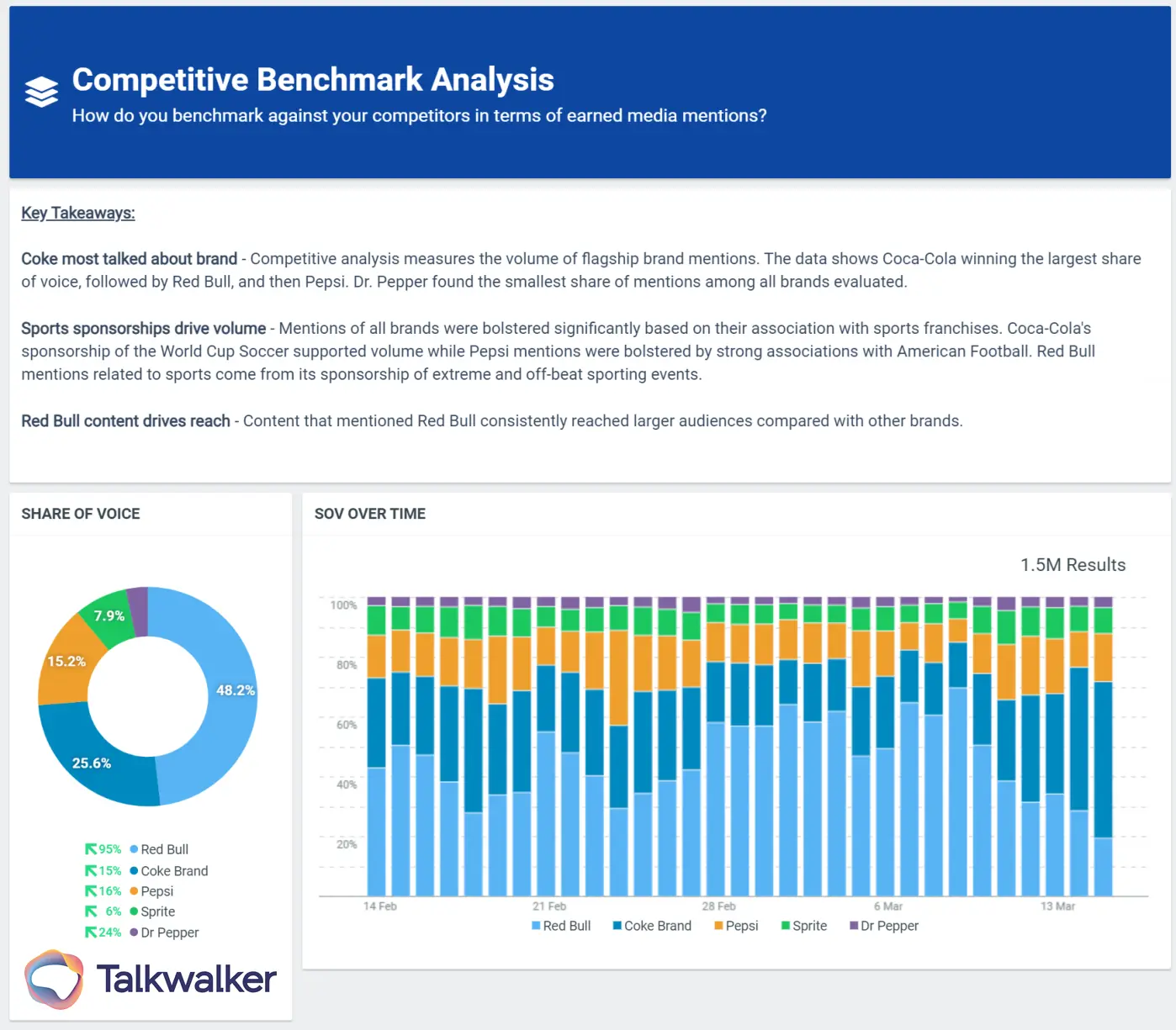
Talkwalker tracks your brand mentions alongside competitor mentions. To uncover new opportunities. Talkwalker Media Monitoring
Talkwalker helps you navigate the dynamic world of social and consumer data. Our user-friendly media monitoring offers comprehensive media coverage, to find all brand mentions.
With next-generation AI support, you can interpret data faster than ever. Turn thousands of mentions into concise summaries, to quickly identify the conversations worth engaging.
Anewstip
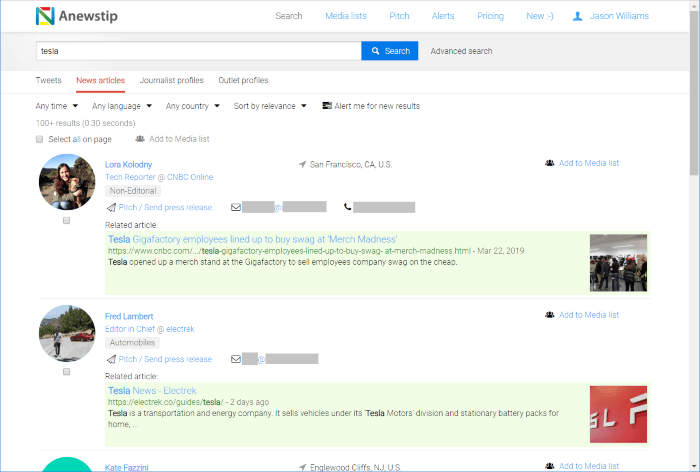
Anewstip is a media relationship management platform. It helps you find relevant media contacts, monitor news articles, & build media lists. Plus, reach out to relevant journalists with personalized pitches.
Reputology
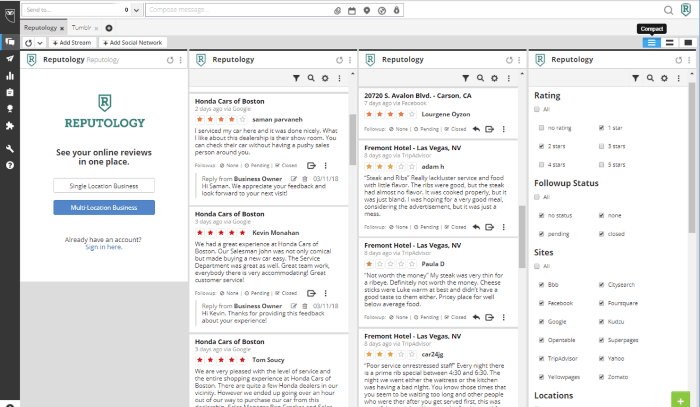
Reputology is a media monitoring and management platform. The Reputology app allows you to monitor ratings and reviews on Google, Facebook, and more. Reputology tracks reviews for multiple locations: restaurants, hospitals, auto dealers, hotels, retail stores, marketing agencies, consultants, and more.
Mention
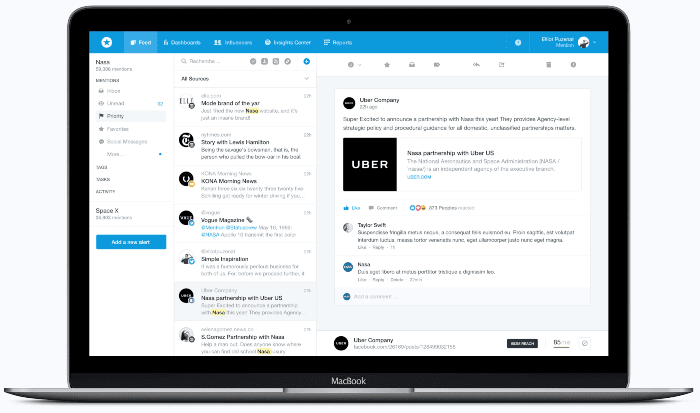
Mention is a media monitoring solution that helps agencies to monitor over 1 billion sources across the web daily.
Conclusion
Media monitoring is a powerful tactic to leverage in today’s digital world. It gives you a competitive edge by enabling you to anticipate consumer needs and expectations. To learn more about Talkwalker’s leading Media Monitoring solution, click below.
{{cta('92220962529','justifycenter')}}
